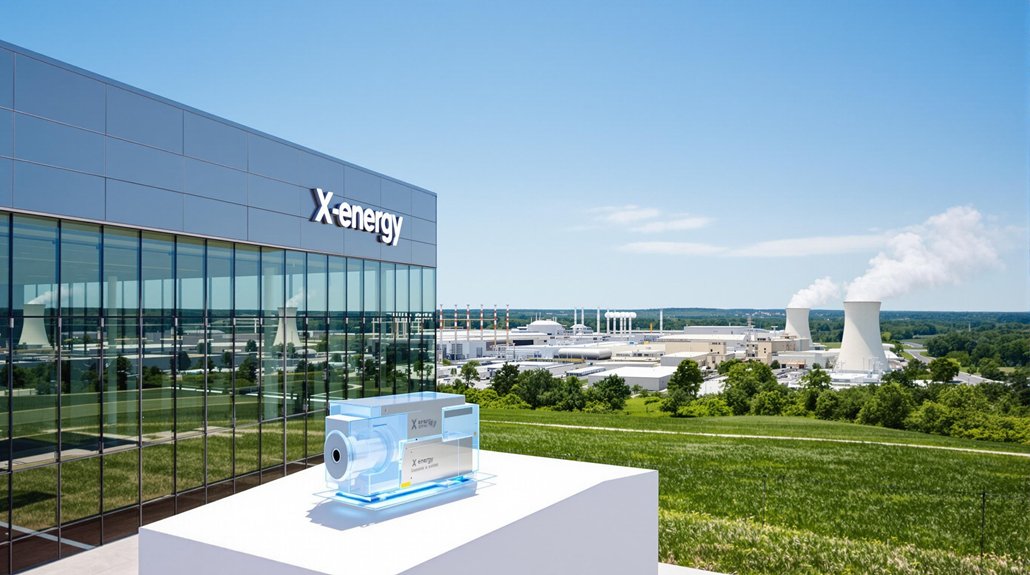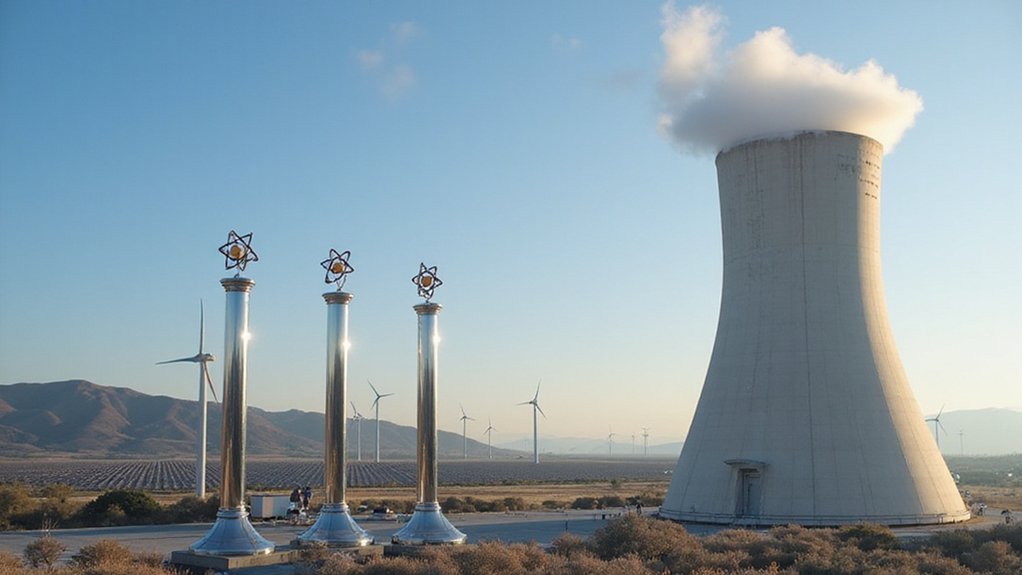In a move that could dramatically speed up the nuclear reactor approval process, Microsoft and Idaho National Laboratory (INL) have joined forces to create an AI-powered solution for nuclear licensing. The partnership aims to tackle administrative bottlenecks that slow down the development of nuclear energy in the United States.
The collaboration is funded by the U.S. Department of Energy’s Office of Nuclear Energy through the National Reactor Innovation Center. It builds on a previous project where the two organizations created a digital twin of a nuclear reactor using Microsoft’s Azure cloud platform.
Getting a nuclear reactor approved involves mountains of paperwork. Engineers must create detailed safety reports that take huge amounts of time to compile. The new AI system will help generate these engineering and safety analysis reports automatically, cutting down the time it takes to prepare license applications.
The AI revolution in nuclear licensing tackles paperwork mountains, freeing engineers to focus on innovation rather than documentation.
“This isn’t about replacing human experts,” said a spokesperson for the project. “The AI handles the administrative tasks while engineers focus on the complex technical work.”
The technology will work for both new reactor designs and upgrades to existing facilities. It’s especially helpful for advanced reactors, which often use different designs, fuels, and materials than traditional nuclear plants.
Microsoft’s Azure AI services power the solution, allowing it to process large volumes of nuclear documentation from many sources. The system focuses on document assembly and language processing for regulatory submissions. The AI solution will ingest and analyze nuclear engineering documents without performing the technical analyses themselves.
Nuclear licensing has long been a major bottleneck for the industry. By streamlining this process, the U.S. can more quickly expand its nuclear capacity to meet growing energy demands while maintaining strict safety standards. The initiative aligns with recent executive orders aiming to reduce approval cycles from years to months, addressing the increasing electricity demand from data centers.
This initiative complements other sustainable energy solutions like geothermal power, which offers high capacity factors similar to nuclear energy’s reliability while producing minimal carbon emissions.
The partners expect the technology to benefit the entire U.S. nuclear sector, which faces both regulatory and technical challenges in today’s rapidly evolving energy environment. Scientists and engineers will be freed up to solve more complex problems instead of getting bogged down in paperwork.
References
- https://carboncredits.com/microsoft-msft-partners-with-inl-to-accelerate-nuclear-reactor-permits-using-ai/
- https://www.energyconnects.com/news/technology/2025/july/microsoft-and-idaho-national-laboratory-use-ai-to-accelerate-nuclear-licensing/
- https://inl.gov/news-release/idaho-national-laboratory-collaborates-with-microsoft-to-streamline-nuclear-licensing/
- https://www.executivebiz.com/articles/microsoft-inl-nuclear-licensing-azure-artificial-intelligence/
- https://www.ans.org/news/article-7204/inl-to-use-microsofts-ai-to-streamline-nuclear-licensing/








